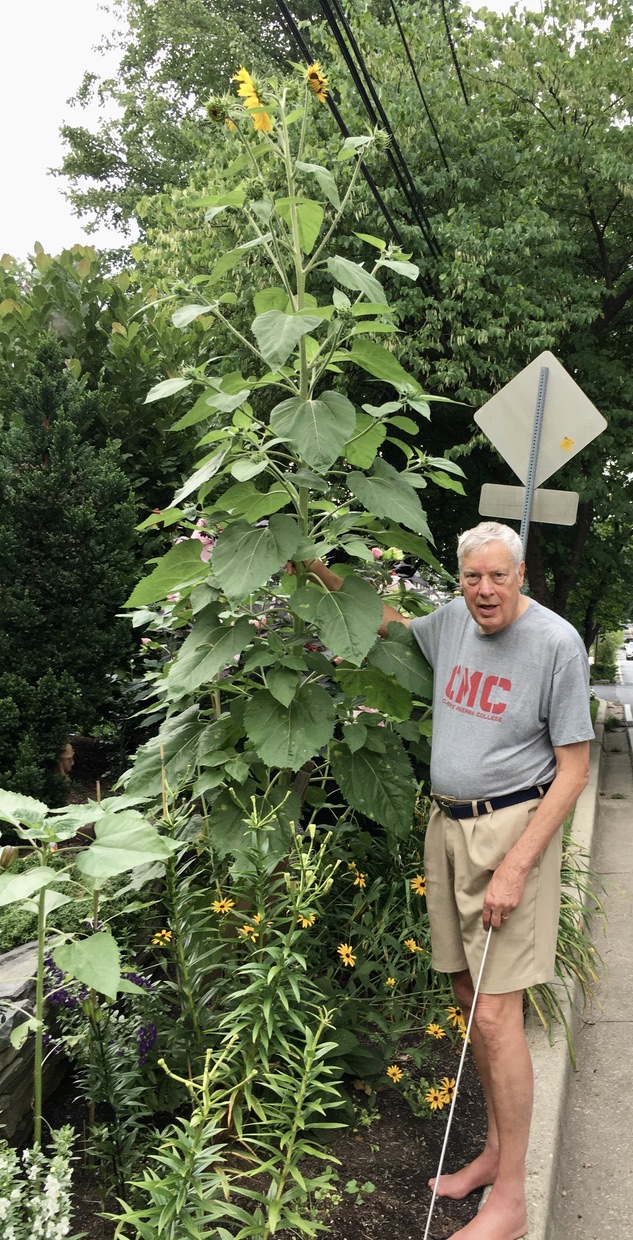For almost 100 years the State Employees’ Credit Union (SECU) provided low cost loans and financial services to North Carolina’s active and retired state employees, teachers, and their extended families. SECU historically has been one of the only financial institutions that charges the same low interest rates on mortgages, car loans, credit cards, and financial services to all members regardless of whether they come from a rich, middle income or working class family.
Unfortunately, this approach to treating everyone fairly is changing because of actions by the current SECU Board of Directors. This group – for the first time in the history of the Credit Union – has decided to charge middle class and lower income members and their families HIGHER interest rates so that they can give upper income people LOWER interest rates.
And that’s not all the current board has done. They’ve also:
-Cut services, like the tax preparation assistance program that was available to all members.
-Raised interest rates for the majority of members and their families, while failing to raise interest rates for savings accounts.
-And finally, in an attempt to prevent their opponents from running candidates and entrench themselves in power they’ve changed the longstanding rules and bylaws for SECU Board elections.
This is wrong and we must fight back to save our Credit Union!
The current board is made up of 11 people that no longer represent the interests of the hundreds of thousands of active and retired state employees, teachers, and their families that the Credit Union was founded to serve.
What can you do to fix this?
The board changed the rules to make it extraordinarily difficult for anyone new to serve and to try to silence members’ voices. The board’s new rules require a candidate to get 500 signatures, obtained in person, in 5 days time.
In order to stop this board’s attempt to convert SECU into another traditional bank that looks out for rich elitists at the expense of regular folks, please sign the petition allowing these three candidates who support returning SECU to its historic mission to be on the ballot for the board election this fall.
(the three candidates and brief credentials were then listed)
Again, you are only signing to allow these candidates the opportunity to run for the board, so that we may continue this discussion. If they aren’t on the ballot, there will be NO discussion.
Please go to www.secujustasking.com and request a petition form to submit.
Thanks y’all
Over twenty comments were posted to this appeal. Some supported, others asked questions. Here is one:
Democracy is a difficult process in all circumstances. American elections are just the most obvious example.
SECU may be the test that illustrates whether the cooperative model of governance can be a real check and balance by members. Can democratic voting be the means to counter the ever present temptation to become an “elitist piggy bank”?




